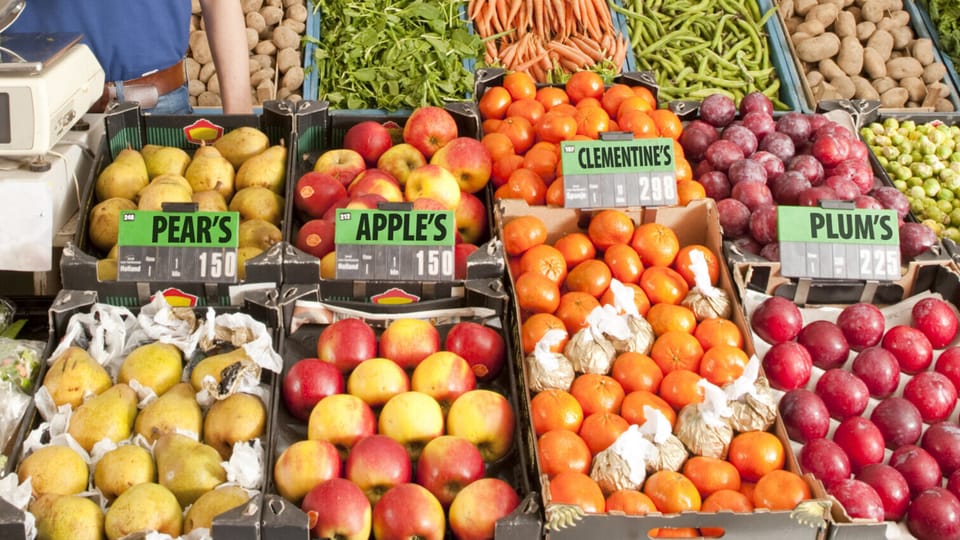All about apostrophes

Apostrophes are not a mysterious or enigmatic piece of punctuation—not like our friend the semicolon—yet their misuse is both frequent and flagrant. Oftentimes they are discarded, abandoned as seemingly unnecessary accoutrements; at other times they pop up unexpectedly like weeds in sidewalk cracks.
I expect that the bulk of my readers will already be quite confident in their use of apostrophes already, but for those of you who aren't so sure, read on!
When to use them
There are two primary use cases for apostrophes:
- Indicating missing letters, as in a contraction, and
- Assigning possession or association
In contractions, the apostrophe marks the place where letters have been removed from the phrase, which may or may not also correspond to the split between the words:
Do not > don't
I have > I've
They are > they're
In general usage you'll only find two words connected in a single contraction, though as you start heading deeper into dialects and regional slang you may well come up against a wild y'all'd've. Contractions are, on the whole, considered rather colloquial, and are often frowned upon in more formal settings such as academic or professional writing, but we can discuss that more in a later post.
Speaking of dialects, you may also find apostrophes used as a way to indicate a speaker's accent by making note of what sounds they're not saying. Commonly, this includes leaving off the g in words ending with -ing, such as pickin', lickin', and picknickin'. You may also find it used when whole syllables get glossed over, like in guv'nor. This sort of dialectic indication is frequently (but not exclusively by any means) used for lower-class or lower-status and regionally specific accents, as it highlights the "otherness" of the language.
Both possessive and associative terms are indicated using the same apostrophe-s combo, but there's a semantic difference in their meaning—think "Martin's lunch" vs "yesterday's lunch". It can be very easy to mistake an associative suffix for a possessive one, as they function the same grammatically, so if there's likely to be confusion and the difference matters, think about alternative ways to write your statement in order to be clear.
Making a possessive or associative term also get a bit tricky when the subject word already ends in an s; the common wisdom that I and many others have learned is to dispense with the additional s and just add the apostrophe at the end, as in "Dr Jones' hat". However, there is also a significant countermovement to include the additional s in all cases, which would then make our example "Dr Jones's hat". Like with the use (or not) of the Oxford comma, you will likely come across both examples, and outside of possibly breaking your publication's style guidance, both could be considered correct, but you should definitely pick a lane and stick with it all the way through the piece.
When not to use them
Apostrophes do not a plural make. Nope, not at all, not anymore. The use of an apostrophe in a standard pluralisation, such as in the header image of this post, is often called a grocer's (or greengrocer's) apostrophe. In centuries gone by, it used to be standard practice to include apostrophes in plurals of words ending in vowels, such as banana or folio. However, as the times and writing practices have changed, this is no longer seen as correct in English, and grocer's apostrophes have spread to encompass plurals of any words.
Sometimes people are also tempted to put apostrophes into plurals of acronyms, such as "MRI's", or to pluralise letters, such as a "string of X's", to differentiate the plural from the main noun. They are not, however, at all needed in these situations, as the lowercase s is clear enough of a marker to make "MRIs" and "Xs" perfectly legible.
What about its/it's?
By far the biggest source of confusion for apostrophes is whether one should be using "its" or "it's". The reason for this is because "its" actually breaks one of the patterns we've seen above: that of the possessive/associative apostrophe. Apparently, in the Great Rules of Grammar, it is more meaningful for the apostrophe to indicate missing letters than for it to signify possession or association, so the "it's" that we expect in either case is used specifically to mean "it is" or "it has". To avoid confusion, then, the possessive/associative form drops the apostrophe, which is fine because when you pluralise an "it" you get "them", not "its". So the way I remember whether or not to use an apostrophe is to try and expand the proposed "it's" into an "it is" and see if that makes sense or not.
Even though apostrophes aren't very complicated, they're an easy thing to overcomplicate. So just keep it simple, and keep on writing!
Member discussion